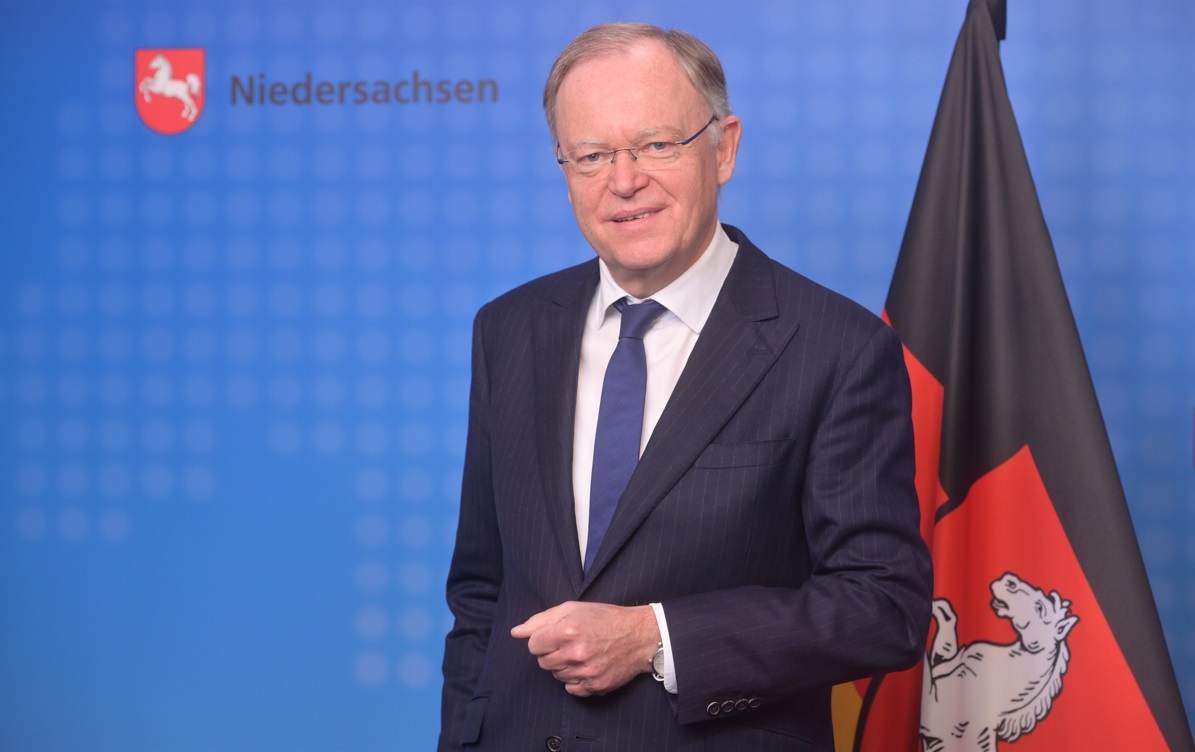Solar Magazine – HyET Solar is 60 percent in Australian hands: ‘The Netherlands must show more courage, great opportunities are being missed’
HyET Solar has developed a thin film based on photovoltaic modules: the Powerfoil. Recently, Australian Fortescue Future Industries (FFI) took a majority stake in the company.
Owner Rombout Swanborn is happy with this: it allows him to continue expanding HyET Solar. caused, he argues that the Netherlands is missing out on a great opportunity. ‘Our solar energy technology provides a better business case than traditional PV in all conceivable applications and will become a worldwide success.’
Swanborn is an investor in sustainable technology. Its High yield Energy Technologies (HyET) Group consists of 5 companies that develop all technologies for the energy transition domain. Thinking small is not his thing: to make a difference in the energy transition you have to appear on a global scale. He also has big plans for HyET Solar, as he stated in Solar Magazine in 2020. In 2021 there will be plans to be completed to scale up the production capacity foil to 900 megawatt peak. However, raising the required capital domestically proved difficult, so it turned out to be a different path and brought a foreign investor on board.
Bad evaluation
HyET Solar’s Powerfoil is based on silicon solar cells. It is produced in a roll-to-roll process. This produces cheap and flexible PV modules from 1.3 meters wide to 30 meters long. These have an efficiency of 12 percent for double nodes and 15 percent for solar cells with triple nodes. At this point, things often go wrong when he tells his story, Swanborn points out.
‘In the solar energy world, the thinking is based on the efficiency of cells and modules. That is a bad measure when you are talking about business cases, and therefore also about the duration of the energy transition. You have to look at the leveled cost of electricity (lcoe); weigh the yield against all costs, including purchasing, installation, maintenance…. With the help of our triple junction Powerfoil, the module price can be about 10 euro cents per watt hour. You can easily apply it to any occasion. Thanks to the flexibility in format, maximum use can be made with PV. This includes the balance of system costs of solar on the roof – for private individuals, farms and non-residential construction – in all cases is more favorable than when traditional solar panels are installed. This also applies to the Netherlands, and also to sun on land. Fortescue Future Industries calculated that 1 gigawatt peak field setups in Australia with our modules can reduce their CAPEX – the investment costs – by 20 percent. That’s why they got in.’
Fatalism and conservatism
Ask Swanborn about his vision of the European PV market and you’ll get a critical story. He argues that 10 years of cheap, traditional products from China have pushed innovation away. According to him, there is talk of fatalism and conservatism. So what does he think about the newfound belief in the resurrection of a European PV industry?
‘That is reserved for the few. Your development will improve if you come up with a story about an extension, I notice. But a lack of courage dominates, also among many Dutch investors. I have knocked on the doors of several public parties, but the bottom line is that I have to do it myself. However, scaling up our production is enormously capital intensive. only is only about 1 megawatt peak. year, thanks to the investment (ed. of tens of millions of subsequent euros) from Fortescue Future Industries, we can expand the capacity of our factory to 40 megawattpie. That is fantastic: it is a crucial step in the development of HyET Solar into a global player, and it will provide Arnhem and the surrounding area with more than 100 new, high-quality jobs. However, the largest investment in production capacity will soon be largely made abroad. Fortescue wants to build a 1 gigawatt peak factory in Australia to produce solar foil for the production of cheap green hydrogen. We could have done this here too. The Netherlands, which is full of words about building a new, sustainable economy, is missing a huge opportunity. I think that’s the best.’
Read the full article in the December 2021 issue of Solar Magazine here.




